
Best Electric Scooters Of India - Who Promises The Most Range,...
- Jun 6, 2023
- Views : 10831

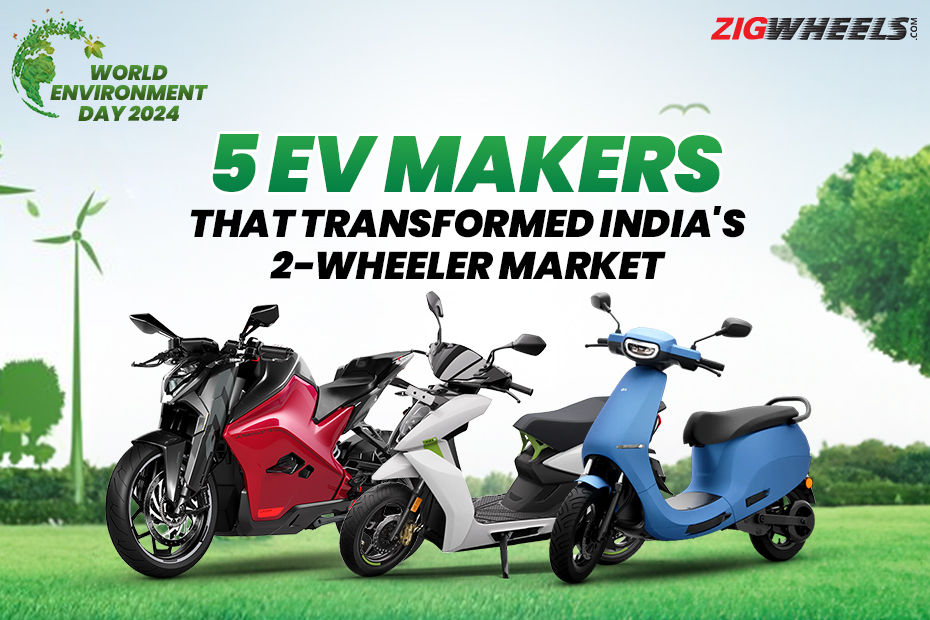
Today is the World Environment Day and what better way to celebrate it than to talk about electric vehicles, arguably the cleanest mode of transportation. And no, we aren’t going to discuss India's electric scooters with the highest range. Instead, we’re going to stroll down memory lane and look back at 5 key moments that have played a crucial role in shaping India’s electrification journey.
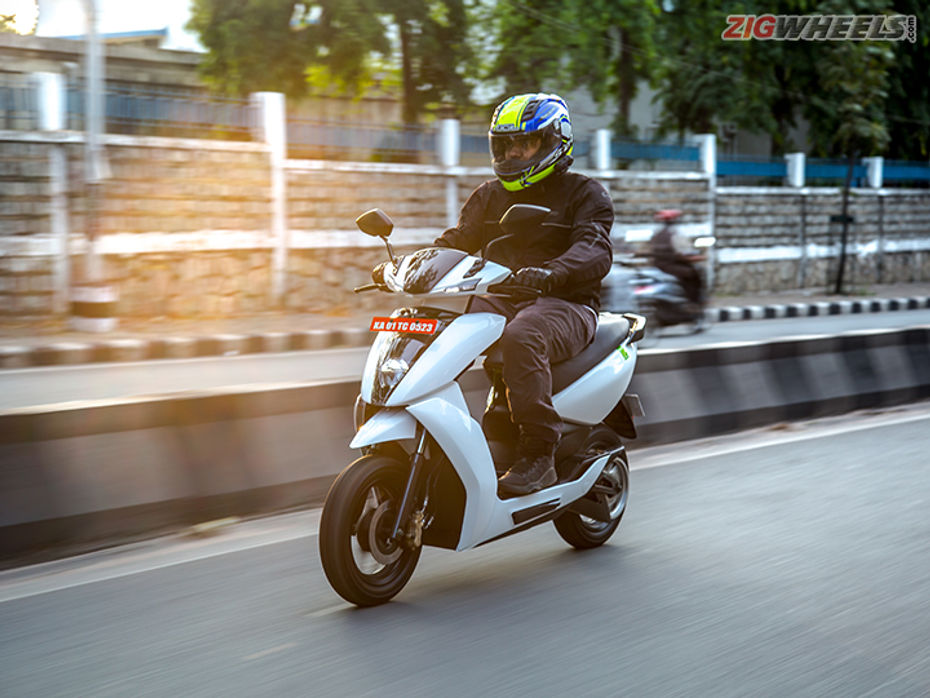
Back when it was first launched in 2018, it wouldn’t be wrong to say that the Ather 340 was revolutionary…not only in terms of electric scooters, but scooters in general. Motorcycle-like handling, a top speed of more than 80kmph, top-notch build quality and exceptional looks, the Ather 340 did things we never imagined a scooter could do. It also broke the misconception of EVs being slow. It showed us the sheer torque EVs have right from the get-go, and that they can be very exciting to ride.

Most importantly, it made us trust electric scooters. Ather claimed that the 340 had a real world range of 60km in normal mode (75km in Eco mode) and in our first ride, it actually did that. That was despite us riding it flat-out for quite a while. Ridden sensibly, it even exceeded Ather’s claims. Now, the range might not be much, but when a system works exactly as per what it is intended to do, it automatically builds trust, and the consumer would know the product will not let them down. Performance, looks, build quality and handling, the 340 ticked all the boxes and was hard to fault. It came at a relatively high price tag, but Ather showed that good engineering comes at a price, a price that is worth paying as it made the dream of making premium electric scooters feasible in India.
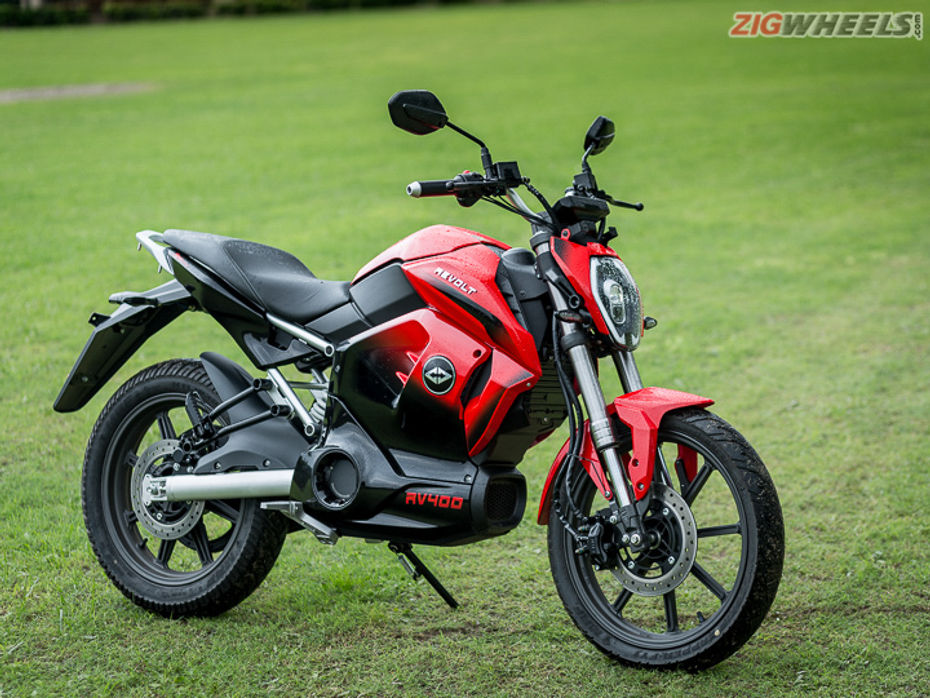
The Revolt RV400 was a bike that stood out for just how no-nonsense it was. When we rode it in 2019, it was this simple, easy to use, no-nonsense motorcycle that promised to be a whole lot more affordable to run than any petrol-powered bike. And with that, the RV400 answered the very important question - ‘Can electric bikes actually replace your everyday commuters?’.

With a claimed 160km range (in the City mode) and a battery that could be charged by using a conventional 15-amp power outlet, or more importantly, can be simply replaced via a swap station, the Revolt RV400 was actually perfect for some people as an alternative to the average crop of 100-125cc commuters. Turns out, a country that was still unsure about using electric bikes for daily commutes didn’t need anything hi-tech or fancy to cater to its needs. All it needed was a simple electric bike that promised just enough and did what it promised…and that, the RV400 did quite well. Just for that extra zing, Revolt also threw in faux motor sounds, to help make boring commutes funkier. Even today, the RV400 is India’s favourite electric bike as we see quite a lot of them out on our roads.

The Ather 340 and 450 were fantastic products but they were sharp, performance-oriented and not to everyone’s taste. Circa early 2020 and the question still remained - ‘Can electric scooters be accessible enough to be ridden by everyone in the family?’. TVS and Bajaj answered that with the iQube and the Chetak respectively. With just enough power, practical features and most importantly a more conventional design with minimal ‘connected’ complication, both the iQube and the Chetak provided a riding experience that was quite close to that of using your average petrol-powered scooter. Additionally, Chetak’s metal bodywork also satisfied a sense of long-lasting reliability among its target customers.
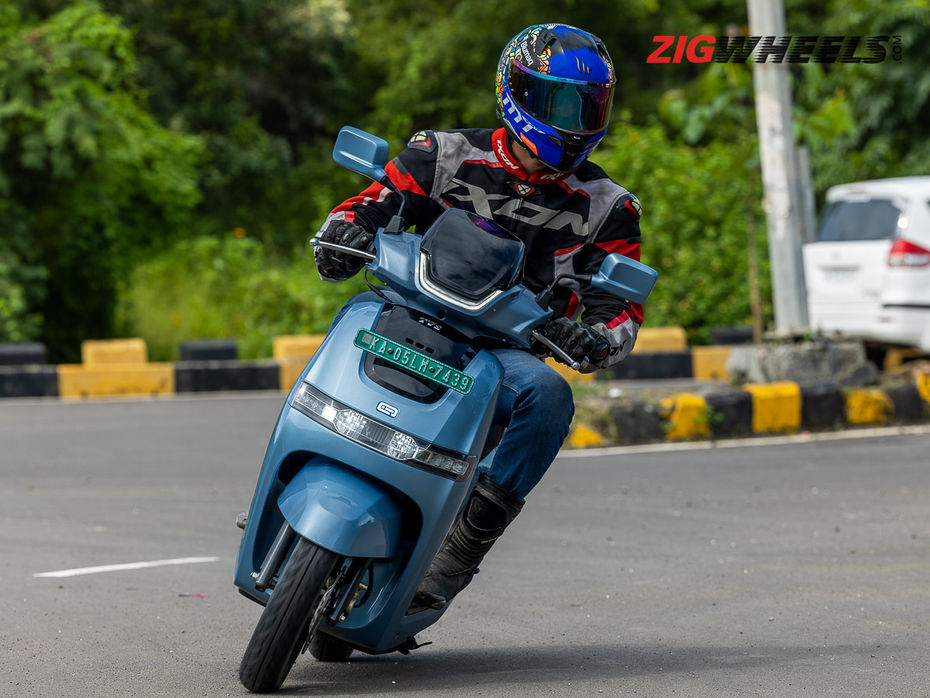
This formula was adored by everyone in the family and both electric scooters came off as ‘safe purchases’. Those are two words that every Indian not only loves, but given the general distrust around EVs, ticking that criteria off was extremely crucial in making a successful sale. In fact, seeing how well the iQube and the Chetak are selling, Ather recently entered the family scooter market with the launch of the Rizta. Till this date, these two scooters are the first ones that come to our mind for people who want family-friendly electric scooters. Also, these two bikemakers jumping into the EV bandwagon have also inspired many other mainstream petrol-powered two-wheeler manufacturers such as Royal Enfield, Honda, and even Suzuki to come up with electric two-wheelers designed specifically for India.

By mid-2021, we had the Ather and the Chetak/iQube on two extreme sides of the electric scooter scale. The former was exciting but pricey, while the latter were inexpensive but modest. But Ola Electric changed things up, offering the best of both worlds. The Bengaluru-based manufacturer offered industry-leading performance at mouth-watering prices.
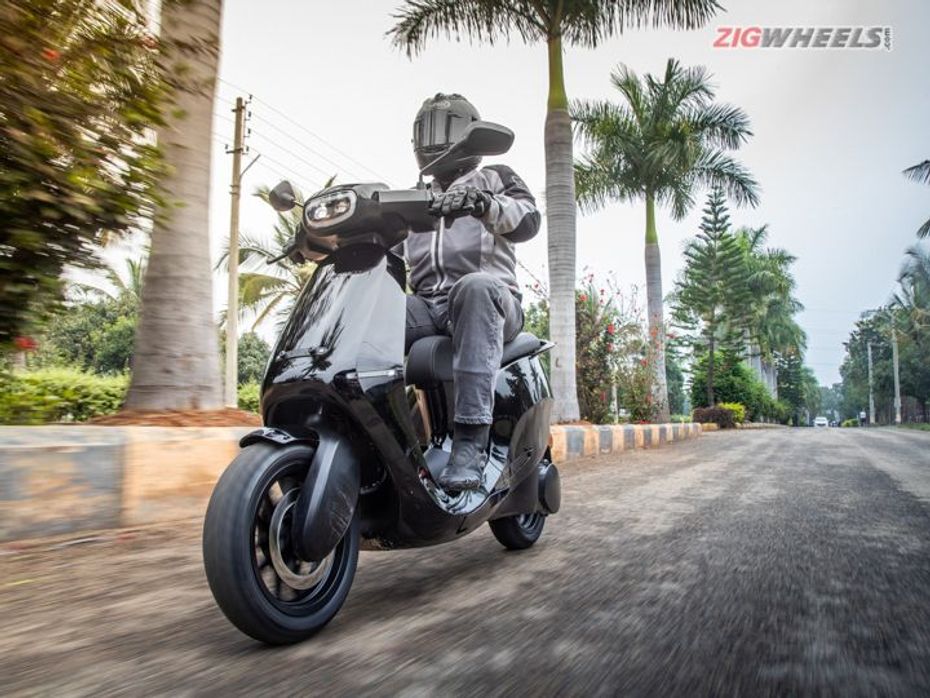
Rs 99,999 was how much the Ola S1 cost, when it was first launched in August 2021. And for that, you got a scooter with a 90kmph top speed and 121km of claimed range. Shell out Rs 1,29,999 (both prices ex-showroom Bengaluru, inclusive of the then FAME 2 subsidy) and you’d get the S1 Pro with a 115kmph and a massive 181km claimed range. Ola Electric ticked all the right boxes when it comes to looks, colours, specifications and dealer network. With investors realising the significance of this goose laying the golden egg, the company was quickly able to grow with large-scale production, optimise supply chain, and come up with competitively priced products. These helped it gain the largest share in the Indian electric scooter segment in record time.
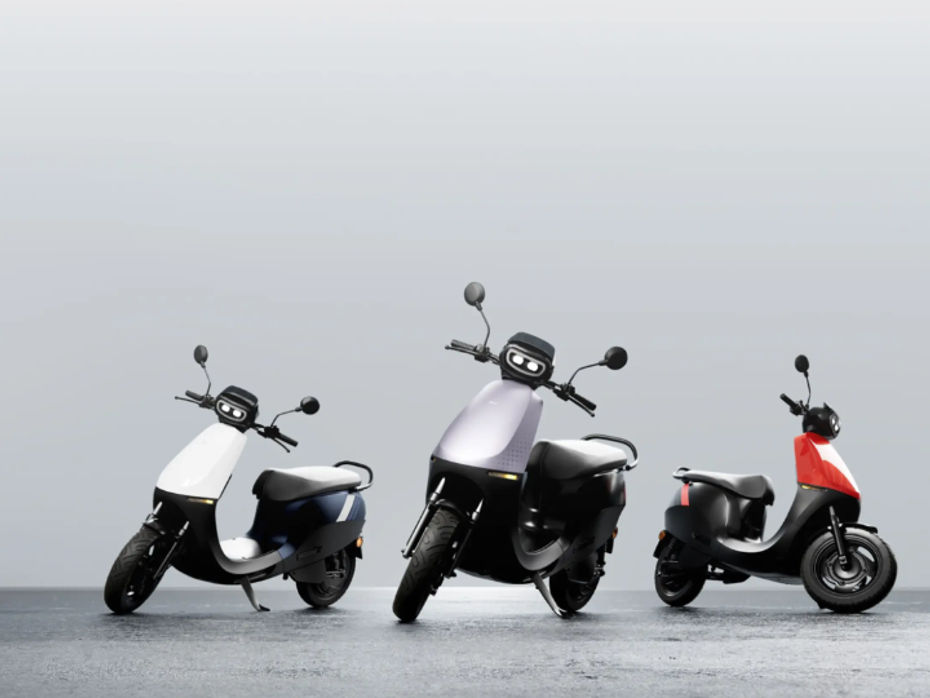
The brand’s lineup currently starts with the S1 X, which costs just Rs 74,999! For perspective, the Honda Activa 6G’s prices currently start from Rs 76,234 (ex-showroom Delhi). And for that kind of money, Ola still claims a 85kmph top speed and 95km IDC-certified (Indian Driving Cycle) range for the S1 X. Over the years with its sheer scale of operations, Ola scooters are proof that offering performance at extremely competitive prices is possible. So if there’s one brand which brought extreme value for money on their products in this segment, it has to be Ola.
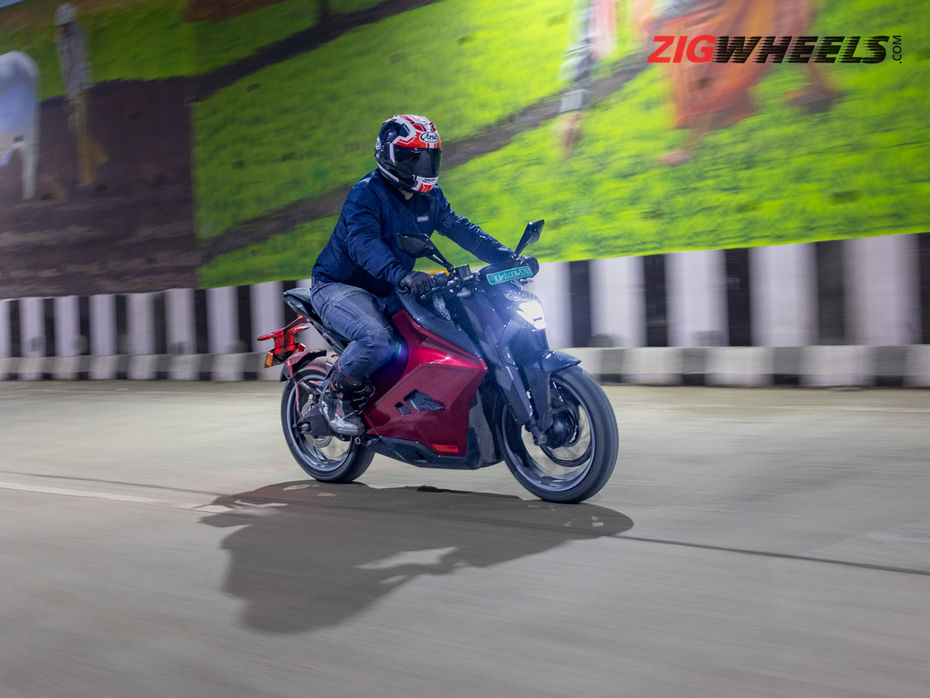
Performance and electric bikes weren’t two terms that went together in India, at least till Ultraviolette stepped into the game. While the brand first gave us a taste of the F77 back in 2019, we rode the production version only in 2023. The brand went back to basics in those four years, listened to the feedback, and spent all its efforts trying to refine the bike. In fact, we conducted a ZigInvestigates to find out what Ultraviolette had been up to these years and you can check that out in the video below:
Ultraviolette showed us that a sporty electric motorcycle will be expensive but is very much possible to be made in India. As of now, the Ultraviolette F77’s 10.3kWh battery is the biggest on any electric two-wheeler in India. Heck, it’s half the capacity of the Tata Tiago EV’s base variant (XT MR variant has a 19.2kWh battery pack). But again, a high price would take that much more time for customers to break even (with the money they save in fuel). And with such a big battery pack, customers would also have apprehensions about its life. But then Ultraviolette put all of it to rest immediately by extending its warranty plan. As of now, Ultraviolette offers three warranty programs:
|
Package |
Validity Period |
Price |
|
UV Care |
3 years/60,000km |
Comes as standard on the Mach 2 variant (base variant) |
|
UV Care Plus |
5 years/1,00,000km |
Comes as standard on the Mach 2 Recon variant (top variant), costs Rs 23,000 if you get the Mach 2 |
|
UV Care Max |
8 years/8,00,00km |
Rs 40,000 and only available for the Mach 2 Recon variant |
An extended warranty for 8,00,000km is no joke and that’ll definitely ease a lot of people’s concerns. Keeping the bike for that long would also help people break even with the money they’ll save in fuel. Yes, the price tag is quite steep (Rs 2,99,000 - 3,99,000, depending on the variant) and it does have some hassles (lack of fast charging network, high kerb weight thanks to the big battery, committed ergonomics, etc). But every time you get on it, the bike will put a big smile on your face, something that no electric bike has previously done in India. We’re quite happy that despite its price tag inching towards the higher side, Ultraviolette did not compromise on the F77’s fun quotient. And, for early adopters of new technology in India, this one set an exceedingly high benchmark.
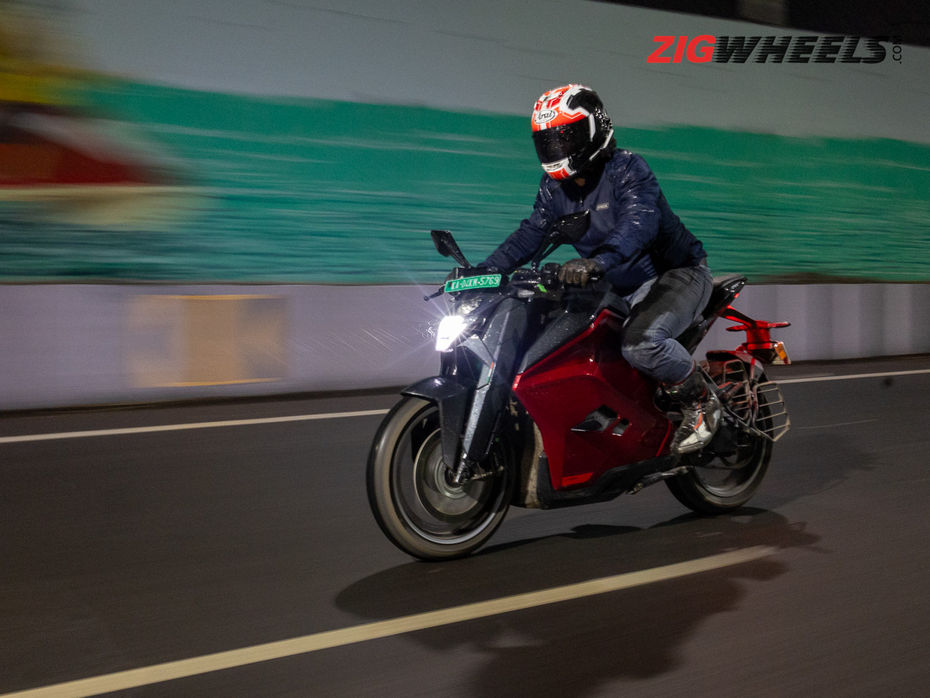
To sum things up, while these electric vehicle makers have played a big role in shaking up the two-wheeler industry in their own special ways, one thing that's been common in all of them is their strong focus on innovation. We hope these companies continue to push the boundaries of innovation, and we can't wait to see what exciting new products they come up with in the future!

Best Electric Scooters Of India - Who Promises The Most Range,...

The 2025 Ather 450 Put Through An Insane Track Attack Challenge...

2025 Ather 450 Incoming: Here’s What It Could Be Capable Of

Ather 450 Apex, 450X and 450S Prices To Increase From January 1, 2025

Ather Energy Announces Festive Offers for the Ather 450X And Ather...

Ather Energy Developing Two New Platforms For Upcoming Electric Bikes...

ZigOpinion: EV Subsidies - Should EV Prices Increase?

Ather’s Fast Charging Station Locations Now On Google Maps

Ather Energy To Enter The Sri Lankan Market Soon
 Honda Activa e
Honda Activa e
 Ola S1 Pro
Ola S1 Pro
 TVS iQube
TVS iQube
 Bajaj Chetak
Bajaj Chetak
 Ather 450X
Ather 450X
India's largest automotive community
 Ather 450X
Rs. 1.49 Lakh
Ather 450X
Rs. 1.49 Lakh
 Ather Rizta
Rs. 99,999
Ather Rizta
Rs. 99,999
 Ather 450S
Rs. 1.21 Lakh
Ather 450S
Rs. 1.21 Lakh
 Ather 450 Apex
Rs. 1.99 Lakh
Ather 450 Apex
Rs. 1.99 Lakh
 Mahindra BE 6
Rs. 18.90 Lakh
Mahindra BE 6
Rs. 18.90 Lakh
 Hyundai Creta Electric
Rs. 17.99 Lakh
Hyundai Creta Electric
Rs. 17.99 Lakh
 Mahindra XEV 9e
Rs. 21.90 Lakh
Mahindra XEV 9e
Rs. 21.90 Lakh
 MG Windsor EV
Rs. 13.99 Lakh
MG Windsor EV
Rs. 13.99 Lakh
 Vayve Mobility Eva
Rs. 3.25 Lakh
Vayve Mobility Eva
Rs. 3.25 Lakh